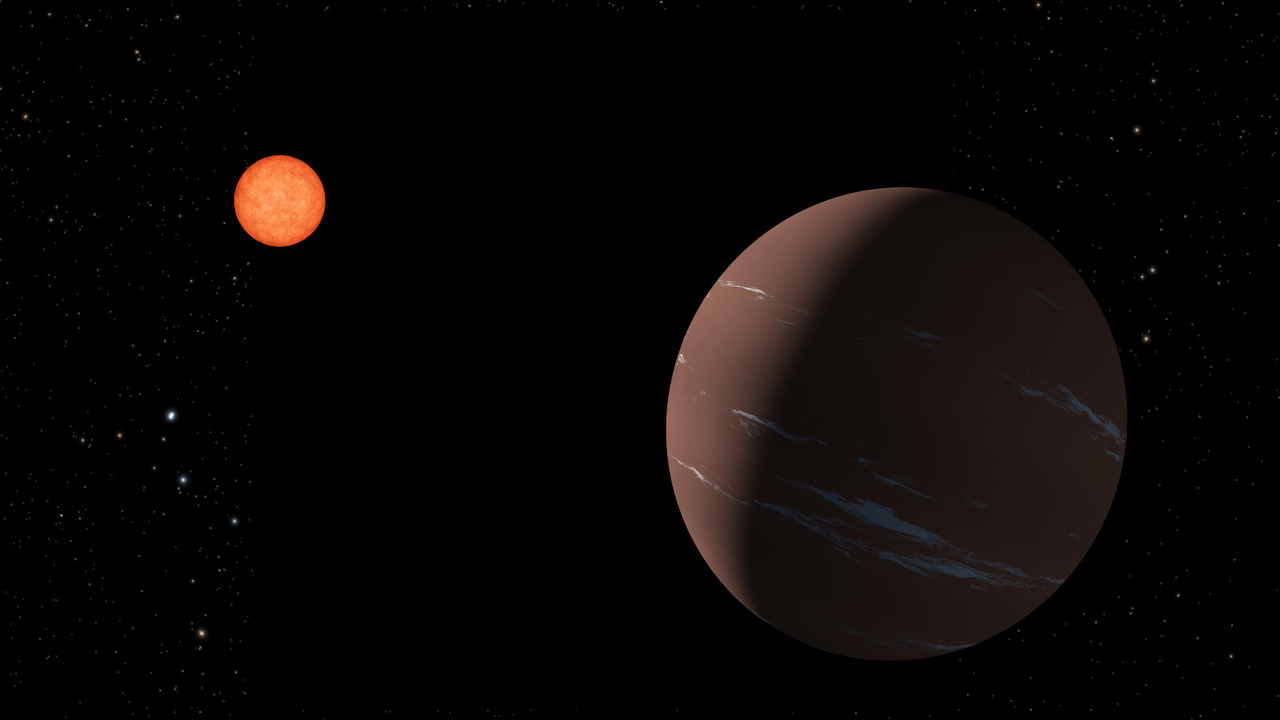The recently discovered super-Earth, TOI-715 b, might be making its appearance at just the right time. Its parent star is a red dwarf, smaller and cooler than our Sun; a number of such stars are known to host small, rocky worlds. At the moment, they’re the best bet for finding habitable planets. These planets make far closer orbits than those around stars like our Sun, but because red dwarfs are smaller and cooler, the planets can crowd closer and still be safely within the star’s habitable zone. The tighter orbits also mean those that cross the faces of their stars – that is, when viewed by our space telescopes – cross far more often. In the case of planet b, that’s once every 19 days, a “year” on this strange world. So these star-crossing (“transiting”) planets can be more easily detected and more frequently observed. That’s the case for TESS (the Transiting Exoplanet Survey Satellite), which found the new planet and has been adding to astronomers’ stockpile of habitable-zone exoplanets since its launch in 2018. Observing such transits for, say, an Earth-sized planet around a Sun-like star (and waiting for an Earth year, 365 days, to catch another transit) is beyond the capability of existing space telescopes.

Dr. Thomas Hughes is a UK-based scientist and science communicator who makes complex topics accessible to readers. His articles explore breakthroughs in various scientific disciplines, from space exploration to cutting-edge research.








